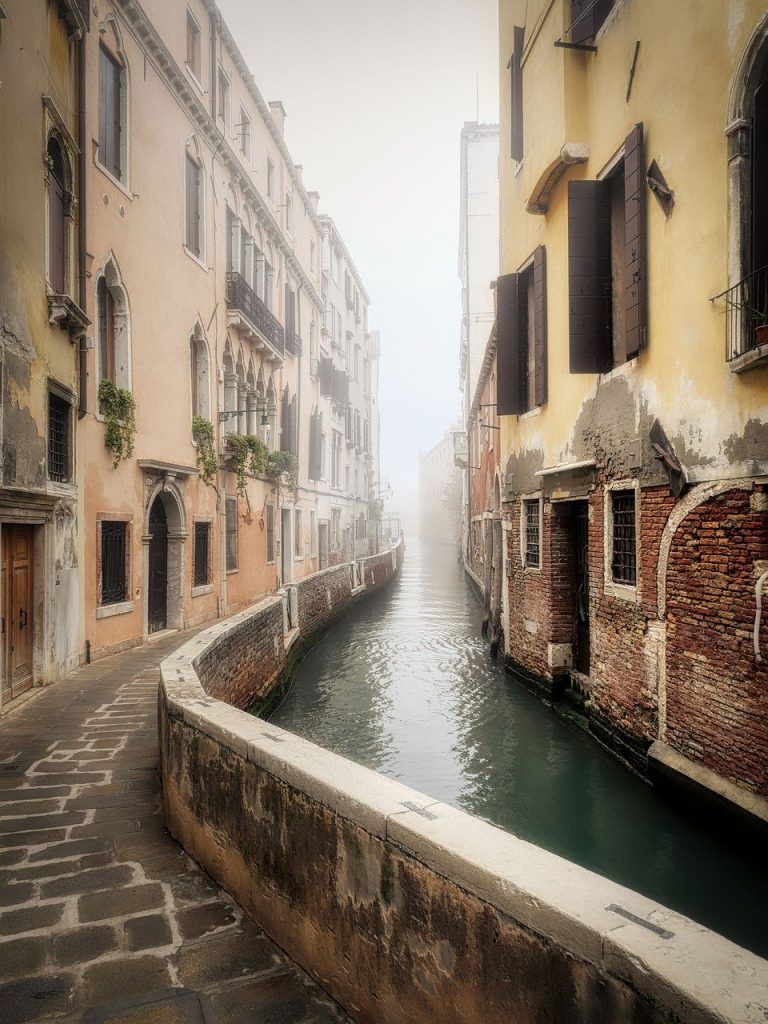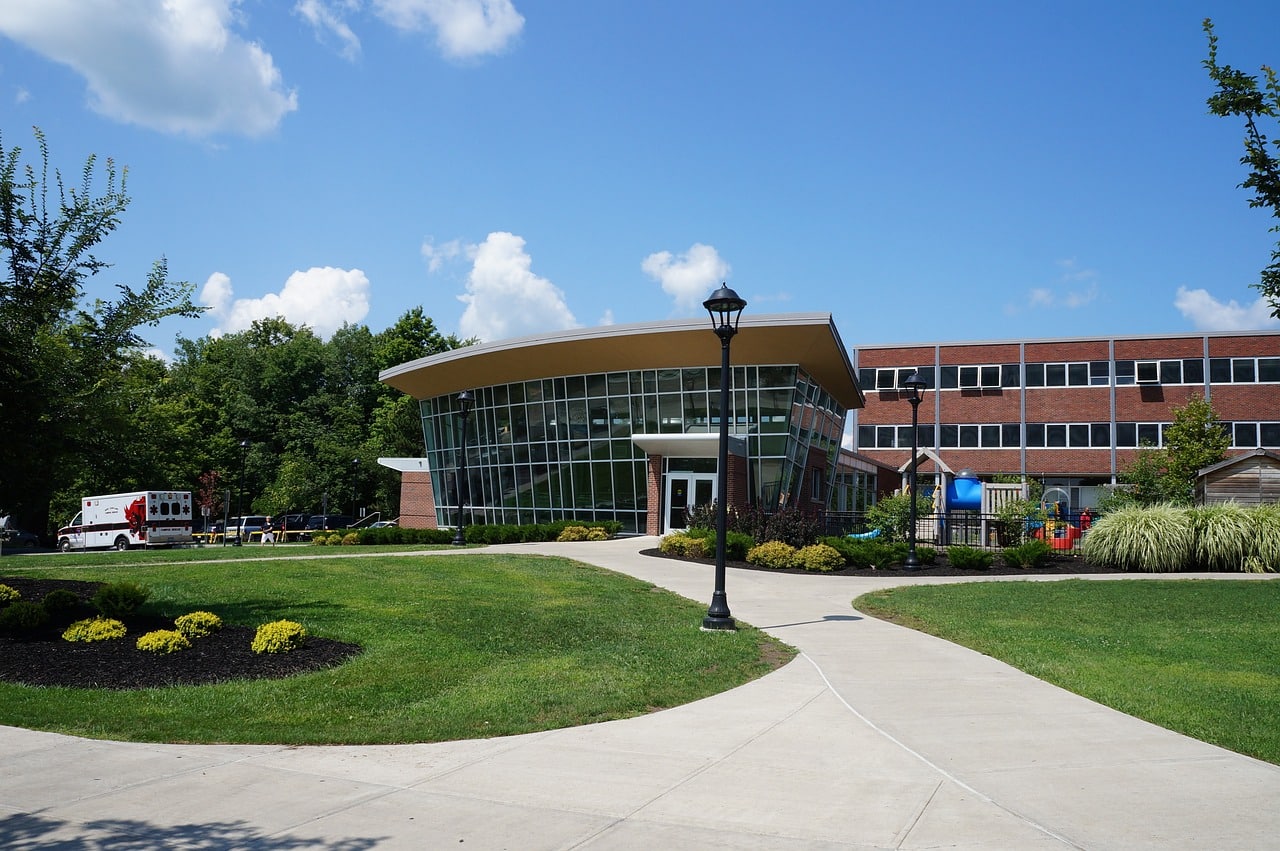In the fast-paced world of constant technological advancement and urban development, preserving architectural heritage is a crucial responsibility. It is a delicate dance between conserving the rich history embedded in our structures and embracing the necessities of modernization. According to CraftScape Creations, striking the right balance is not just a challenge but a commitment to maintaining a tangible connection with our past while stepping into the future.

Understanding Architectural Heritage
Architectural heritage refers to the buildings, monuments, and structures that hold historical, cultural, or architectural significance. These structures are not merely bricks and mortar; they are the storytellers of our collective history, reflecting the socio-cultural ethos of bygone eras.
The Significance Of Preservation
Preserving architectural heritage goes beyond maintaining physical structures. It is about safeguarding the essence of a community, a region, or even an entire nation. These structures serve as visual anchors, connecting us to our roots and reminding us of our ancestors’ journeys. Conservation is not about freezing buildings in time but ensuring that they continue to serve a purpose in the evolving present. The delicate balance lies in honoring the past while accommodating the needs of the present and future generations.
Challenges In Preservation
Preservation efforts face numerous challenges, ranging from natural deterioration to urban development pressures. Weathering, pollution, and neglect can affect even the sturdiest structures. Additionally, the demand for space and the desire for modern amenities often clash with the preservationist’s goal.
One significant challenge is finding the middle ground between conservation and modernization. While it is essential to keep historical structures intact, it is equally important to ensure that they remain relevant and functional in contemporary society.
Conservation Techniques
Preserving architectural heritage involves various techniques, from routine maintenance to extensive restoration. Regular inspections, cleaning, and minor repairs can prevent minor issues from becoming major problems. However, when faced with significant deterioration, restoration becomes necessary.
Restoration efforts aim not only to repair but also to retain the structure’s original character. This involves meticulous research, using appropriate materials, and employing skilled craftsmen who understand the historical context of the building.
Integrating Modernization
In the pursuit of balance, it is crucial to integrate modernization thoughtfully. While preserving the façade and essential elements of historical structures, incorporating modern technologies can enhance their functionality. For instance, introducing energy-efficient systems, accessibility features, and sustainable materials can breathe new life into old structures without compromising their authenticity.
Community Involvement
Preserving architectural heritage is not a task solely for experts and authorities. Community involvement is a key factor in successful preservation efforts. Raising awareness, fostering a sense of ownership, and encouraging responsible use of historical spaces are vital in ensuring the longevity of these treasures.
Engaging the community also means considering their needs and aspirations. This collaborative approach helps balance conservation and modernization that aligns with the values and requirements of the people who live and work around these heritage sites.
Case Studies
Several successful examples worldwide showcase how architectural heritage preservation can be achieved while embracing modernization. The adaptive reuse of old industrial buildings into vibrant cultural spaces, the conversion of historic homes into boutique hotels, and the incorporation of sustainable technologies in ancient structures are all testaments to the possibility of striking a harmonious balance.
Conclusion
In the complex tapestry of architectural heritage preservation, the key is finding a balance that respects the past while embracing the present and future. It is a commitment to ensuring that the stories embedded in our structures continue to be told for generations to come. As stewards of our cultural legacy, we must navigate the challenges with care, creativity, and a shared sense of responsibility. The delicate dance between conservation and modernization is not just an architectural feat but a testament to our ability to honor our roots while reaching for the stars.



